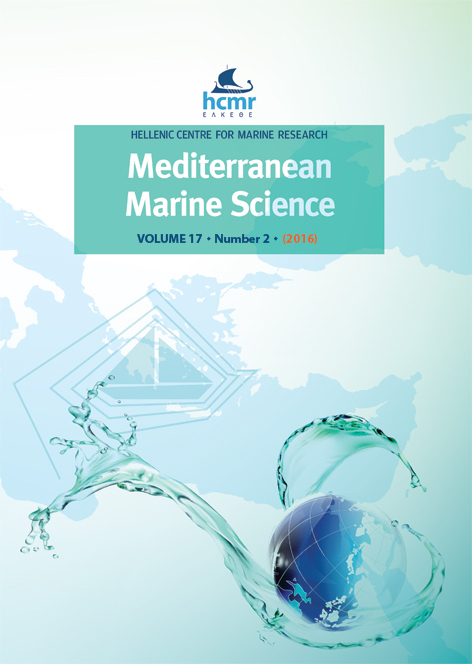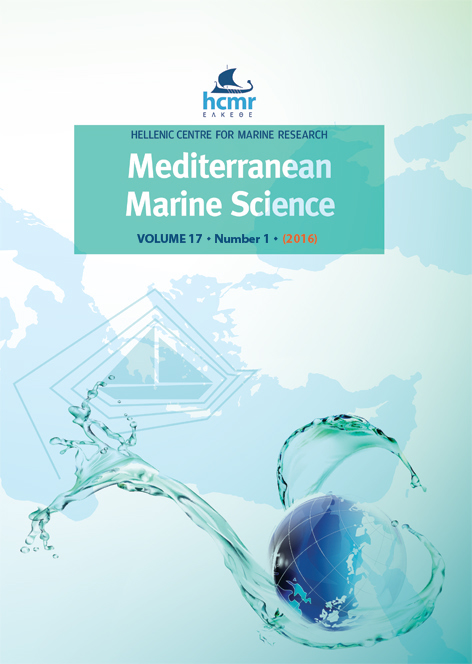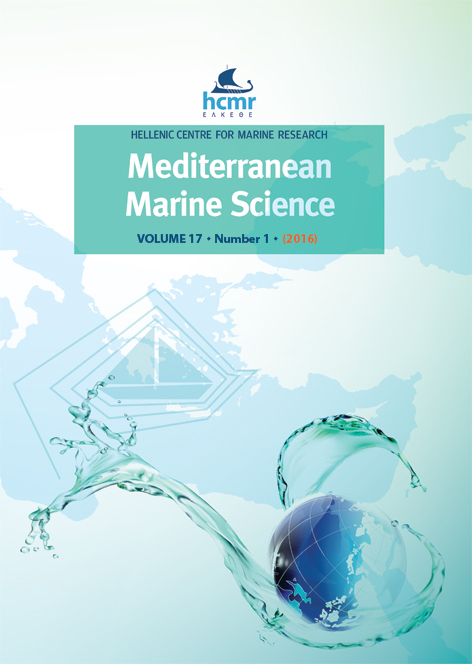Concern about the spread of the invader seaweed Caulerpa taxifolia var. distichophylla (Chlorophyta: Caulerpales) towards the West Mediterranean
Abstract
The new Australian alien seaweed Caulerpa taxifolia var. distichophylla, after being established along the Turkish Mediterranean coast in 2006, was recorded in Southern Sicily in 2007. Since then local fishermen claimed support to counteract the effects of entanglement of large amounts of the alien strain wrack in their trammel nets, causing the gear to become ineffective. The further northward and westward spread of the new alien strain is supposed to be limited by winter temperature. We present novel data confirming that the new alien strain is fully naturalized in Central Mediterranean and is expanding its range beyond such limit (i.e. the 15°C February isotherm), thus becoming potentially able to colonize the western basin. By means of a preliminary estimation of effects on native polychaete assemblages, and considering some peculiarities of Sicily (mostly linked to its geographical position in the Mediterranean Sea), the risk linked to the increasing range of distribution of the invasive algae is highlighted.
Article Details
- Come citare
-
MUSCO, L., ANDALORO, F., MIKAC, B., MIRTO, S., VEGA FERNADEZ, T., & BADALAMENTI, F. (2014). Concern about the spread of the invader seaweed Caulerpa taxifolia var. distichophylla (Chlorophyta: Caulerpales) towards the West Mediterranean. Mediterranean Marine Science, 15(3), 532–538. https://doi.org/10.12681/mms.742
- Fascicolo
- Vol 15, No 3 (2014)
- Sezione
- Research Article
Authors who publish with this journal agree to the following terms:
- Authors retain copyright and grant the journal right of first publication with the work simultaneously licensed under a Creative Commons Attribution Non-Commercial License that allows others to share the work with an acknowledgement of the work's authorship and initial publication in this journal.
- Authors are able to enter into separate, additional contractual arrangements for the non-exclusive distribution of the journal's published version of the work (e.g. post it to an institutional repository or publish it in a book), with an acknowledgement of its initial publication in this journal.
- Authors are permitted and encouraged to post their work online (preferably in institutional repositories or on their website) prior to and during the submission process, as it can lead to productive exchanges, as well as earlier and greater citation of published work (See The Effect of Open Access).









